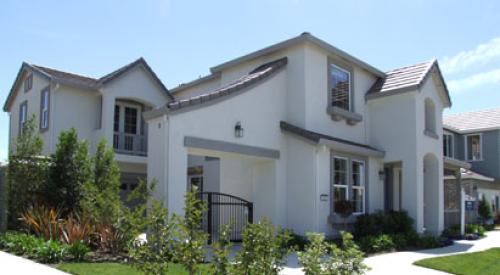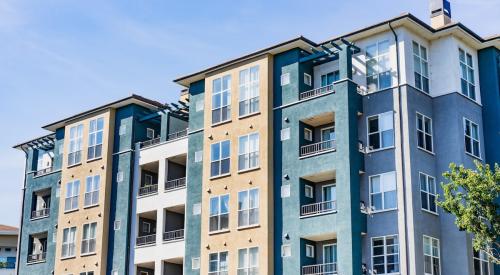Demand for housing is surging in nearly every regional market across the country, but America’s population is declining sharply, reports Forbes. With current census statistics, housing supply is on track to outpace underlying demand based on population, but household formation could change that.
The ratio of households to population accelerated in 2021 with a 1.2% increase in net households despite a smaller national population. The COVID-19 pandemic could account for new living patterns, possibly pushing more young adults to move out of their parents’ homes or prompting more couples to buy their first homes. Families are spreading out across the country and more buyers and renters are going solo, driving up demand for single-family homes and rental properties nationwide.
The future is likely to show total demand continuing at a high level. Fiscal and monetary stimulus will keep incomes strong in 2022.
At some point, the Federal Reserve will raise interest rates to fight inflation. That will raise costs for homeowners and landlords, though not immediately, but as new loans are made and old ones paid off. Higher costs will encourage larger household sizes. The Fed’s tightening will also slow income growth, which will require many people to make more frugal housing decisions. This slowdown in housing demand is probably a few years away, but it’s certain to eventually come.













